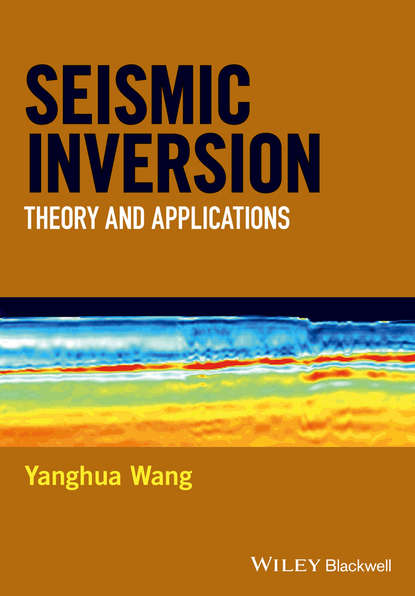
Seismic Inversion скачать fb2
Yanghua Wang - Seismic Inversion краткое содержание
Seismic inversion aims to reconstruct a quantitative model of the Earth subsurface, by solving an inverse problem based on seismic measurements. There are at least three fundamental issues to be solved simultaneously: non-linearity, non-uniqueness, and instability. This book covers the basic theory and techniques used in seismic inversion, corresponding to these three issues, emphasising the physical interpretation of theoretical concepts and practical solutions. This book is written for master and doctoral students who need to understand the mathematical tools and the engineering aspects of the inverse problem needed to obtain geophysically meaningful solutions. Building on the basic theory of linear inverse problems, the methodologies of seismic inversion are explained in detail, including ray-impedance inversion and waveform tomography etc. The application methodologies are categorised into convolutional and wave-equation based groups. This systematic presentation simplifies the subject and enables an in-depth understanding of seismic inversion. This book also provides a practical guide to reservoir geophysicists who are attempting quantitative reservoir characterisation based on seismic data. Philosophically, the seismic inverse problem allows for a range of possible solutions, but the techniques described herein enable geophysicists to exclude models that cannot satisfy the available data. This book summarises the author’s extensive experience in both industry and academia and includes innovative techniques not previously published.
Чтобы оставить свою оценку и/или комментарий, Вам нужно войти под своей учетной записью или зарегистрироваться



